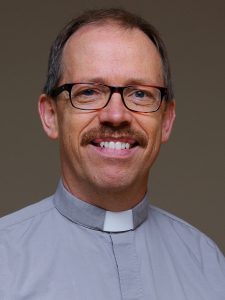 By Pastor John Hulden
By Pastor John Hulden
It seemed like a great idea at the time.
We’d have the Railroad Safety Guy (I don’t remember his name or his organization) visit our summer program for kids. This was more than 30 years ago at my first call congregation on the lower EastSide of Saint Paul — where active railroad tracks criss-crossed the neighborhood where we lived (called Railroad Island). So railroad safety was important.
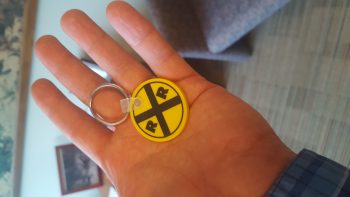
The railroad safety keychain handed out 30 years ago.
We had the old-fashioned movie projector ready for Railroad Safety Guy’s short film. All the kids were gathered in front of the screen — the littlest tikes in the front, the bigger kids in the back. After Railroad Safety Guy talked a bit, and he handed out really cool key rings the shape of the yellow RR Crossing signs, the film started. It was a montage of deadly collisions. Trains smashing through cars. Trains obliterating trucks. Trains turning semis into accordions. The eyes of the 4 and 5 year olds in the front row got bigger and bigger. Smart volunteer teachers sprang into action. Soon after the film started, the teachers took their kids by the hand, and quickly ushered them away from the carnage on the screen.
Who was to know that the RR safety film might be a little too much for a 4 year old?
THIS IS THE SEASON of Vacation Bible School (VBS). And the growing buzz this year across our synod and denomination and the larger church is about the lessons of the VBS curriculum by Group called ROAR. From Group’s webpage about ROAR: “This epic African adventure engages the whole herd. At Roar, kids explore God’s goodness and celebrate a ferocious faith that powers them through this wild life.”
Who was to know that a VBS curriculum could be racist?
“The ROAR lessons include children role-playing slaves and mimicking an ‘African’ language using clicking sounds. More than not cool. Terrible.”
The ROAR lessons include children role-playing slaves and mimicking an “African” language using clicking sounds. More than not cool. Terrible. As an old white guy — which means I’m still learning about how deeply racism extends into our infrastructure, our society, our church, and my bones — this seems more than a micro-aggression. Group, the company, apologized, but not right away. It promises to do better, but it offered no specifics about changing their all white staff. (See a statement from Group here.)
The buzz on social media was soon an uproar — with many differing opinions and heated exchanges.
Yes, and, … some CYF (children, youth, and family) leaders I know and respect sprang into action. Just like whisking away young eyes from a carnage-filled railroad safety film, they made changes to ROAR.
Yes, and, … this is nothing new. Curriculums are helpful and difficult to write, and yet, faith formation leaders always need to make changes so the lesson plans work contextually, ethically, and theologically. Why? Because we do this for our precious little kiddos.
I recommend two people’s insightful perspective on this upRoar:
- local ELCA Pastor Angela Denker’s blog here , and,
- Irene Cho, Program Administrator for the Fuller Youth Institute, Twitter post here or her Facebook post from June 15 at 1:18 PM https://www.facebook.com/irenemcho.
Background:
Statement from Group:
Hello, Friends in Ministry! Thank you for calling to our attention some concerns with some experiences in Roar VBS. We are very sorry and apologize for any misunderstanding, insensitivities, or hurt we have unintentionally caused. Your feedback reminds us of the importance of humbly listening to those we serve.
To address these concerns, our team has created modifications and revisions to the curriculum. These are available today for you to download here: http://bit.ly/2F0UAQI
We are committed to redouble our efforts in future programs to create and vet materials that are inclusive, respectful, loving, and focused on Jesus.
Our heart is to immerse your kids in God’s love in a way that sticks with them forever.
If you have any questions or concerns, please email us at VBSTeam@group.com, and we’re happy to respond. We appreciate your direct communication and pray that your VBS will impact kids’ lives and bring them closer to Jesus!
–Group Publishing
Facebook post from Irene M. Cho:
June 15 at 1:18 PM ·
Okay final thoughts on the Group VBS curriculum hoopla, in particular for my white friends, colleagues, allies, learners:
A lot of white folks are asking why is this a big deal/problem. Indeed, at the end of the day this isn’t an overt horrid act like police brutality, toxic water in Flint, mass incarceration, etc. However, what happened with Group’s Roar curriculum absolutely IS microaggressive racism and that IS a problem.
GroupVBS incident is a small piece of racial injustice in this country. And here’s the thing, as Scripture says, it’s about being faithful in the small things in order to be faithful in the large ones. If Group won’t employ PoC in leadership, writing staff, publishing, how can it be faithful in accurately representing the Kingdom in such matters as content?
Now, does Group making this change impact the larger community? Because Group decides to change and alter their curriculum does it mean police will lessen profiling, brutalizing, and traumatizing black and brown people in their communities? Possibly not. However, this curriculum IS influencing young children. And when language is used to denote slavery as merely unfair and whiny or an adventure to discover, how do you think that influences the forming of children’s minds and perceptions? Especially since a majority of Group’s clientele are white children?
So is this issue as important compared to say clean water in Flint? Perhaps not. Yet… it IS because tiny little seeds are being planted into the minds and faiths of kids who may be mayor, chief, principal, president of an organization or country one day. So yeh, it’s pretty freaking important that profound seeds are planted and kids can develop empathy and love for one another.
So white folks, before responding with a “what’s the big deal?” reaction, maybe take a moment to think:
* Why isn’t this a big deal to you?
* Why is it so important for you to protect an organization instead of listening/hearing the outcries of the marginalized community speaking out?
* What’s compelling you to favor those who are white leaders over people who are black, brown, Asian, Indigenous, etc?
* How can you be a better listener in these moments instead of jumping into defensiveness?
Change happens not just from large scale movements but from the grassroots on small scales. How we perceive the world isn’t something that’s set in stone. We should be malleable and humble in knowing that we all have biases and we’re all learners until the day we pass from this earth.
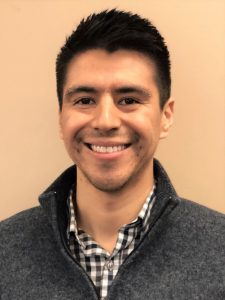 By Eric Howard
By Eric Howard


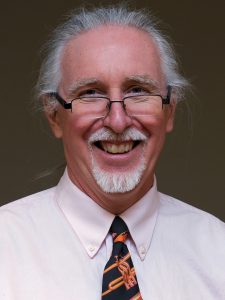 By Bob Hulteen
By Bob Hulteen 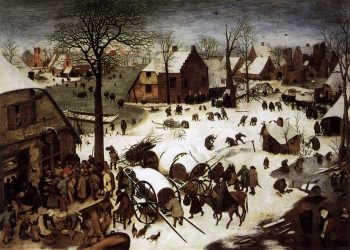
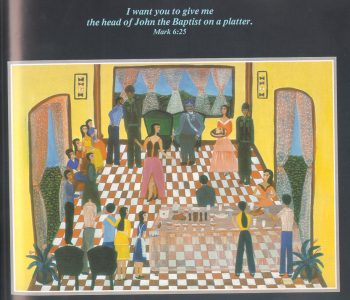
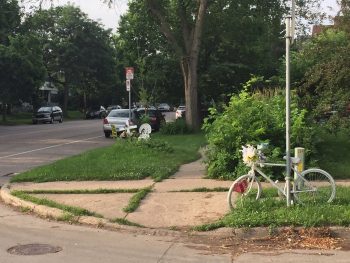
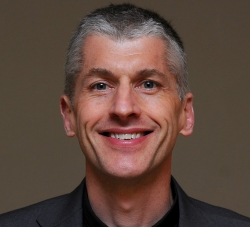
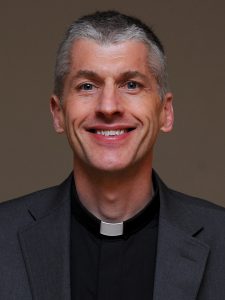 By Pastor Craig Pederson
By Pastor Craig Pederson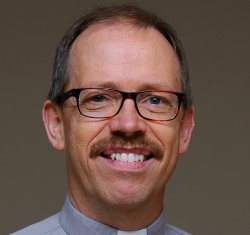
 By Pastor John Hulden
By Pastor John Hulden 

 By Meghan Olsen Biebighauser
By Meghan Olsen Biebighauser

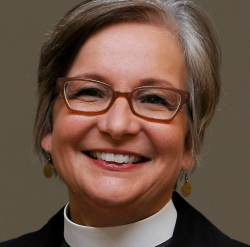
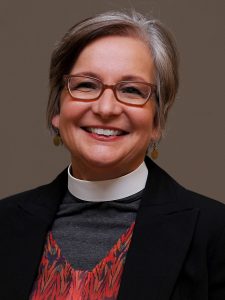 By Deb Stehlin
By Deb Stehlin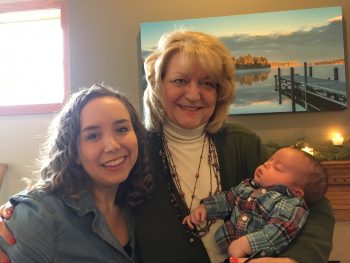
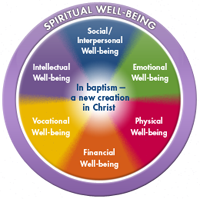
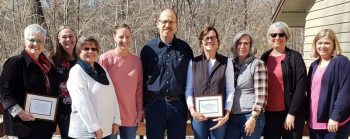
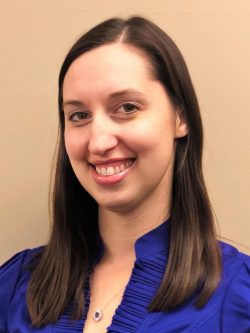
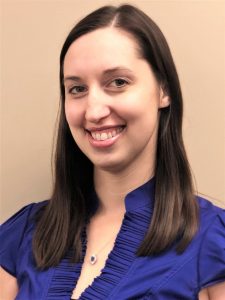 By Brenda Blackhawk
By Brenda Blackhawk